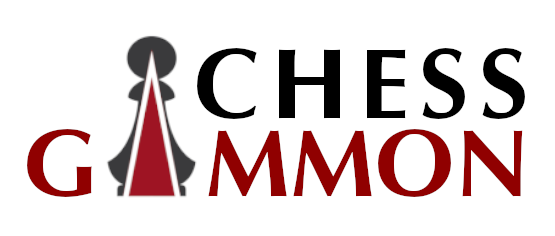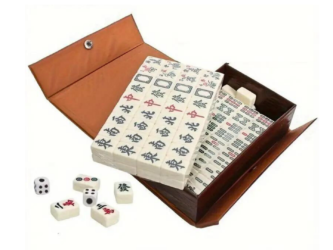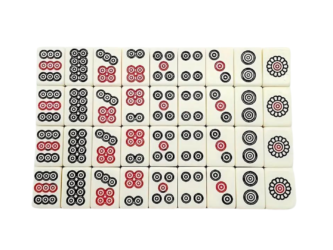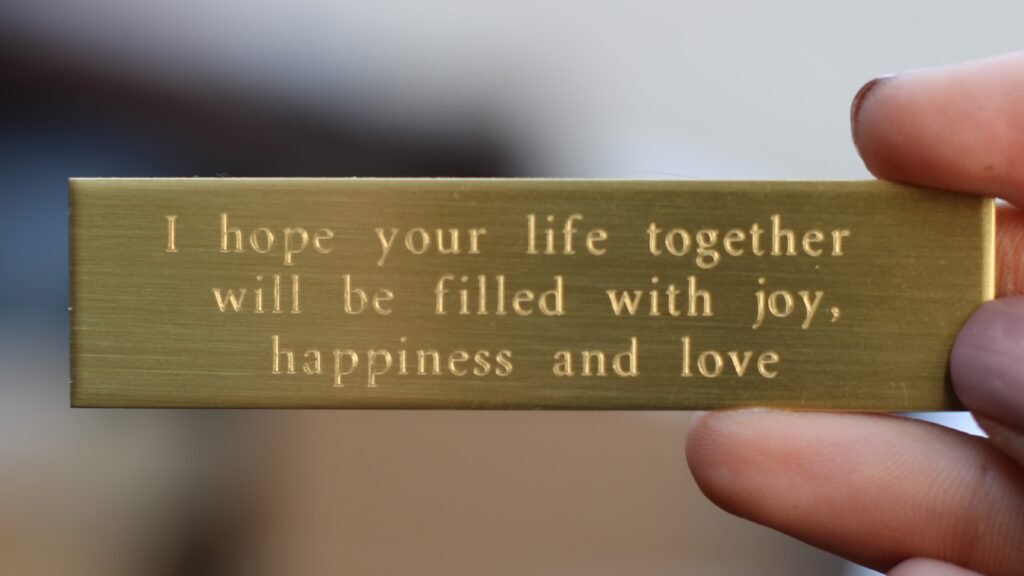Mah Jong: Unveiling the Ancient Game of Strategy and Skill
Mah Jong, an ancient tile-based game originating from China, is a game of skill, strategy, and a bit of luck. While its cultural roots run deep, Mah Jong has evolved into a global sensation, captivating players across the world. Whether you’re playing for leisure or competing in a tournament, Mah Jong offers a unique blend of challenge, history, and entertainment. This article explores the origins, rules, strategies, and modern-day appeal of Mah Jong, guiding both new players and seasoned enthusiasts in appreciating this timeless classic.
What is Mah Jong?
Mah Jong is a game traditionally played with 144 tiles, each adorned with Chinese characters and symbols. Typically involving four players, the objective of the game is to create specific tile combinations—known as “melds”—to form a winning hand. Although Mah Jong rules can vary slightly depending on the region, the core gameplay focuses on collecting sets of tiles based on similar suits or sequences.
The History of Mah Jong
Mah Jong dates back to the Qing Dynasty in China, with historians believing it was developed in the mid-19th century. Initially played among the Chinese elite, the game quickly spread throughout the country and beyond. By the early 20th century, Mah Jong had reached the shores of the United States and Europe, where it was embraced with enthusiasm. Today, Mah Jong is a staple in both traditional Chinese culture and modern-day gaming, symbolizing wisdom, strategy, and social connection.
How to Play Mah Jong: Basic Rules
For beginners, Mah Jong can seem complex due to its detailed rules and unique tile designs. However, once understood, the gameplay is engaging and mentally stimulating. Here are the basic steps:
- Setup: The game begins with 144 tiles, which include suits such as bamboo, characters, and dots, as well as honor tiles (dragons and winds) and bonus tiles (flowers and seasons). Each player starts by drawing 13 tiles.
- Objective: Players aim to form a winning hand by creating combinations like Pungs (three-of-a-kind), Chows (sequences of three tiles in the same suit), and Kongs (four-of-a-kind).
- Gameplay: Players take turns drawing and discarding tiles, building their hands by forming specific tile combinations. The first player to form a valid winning hand calls out “Mah Jong!” and wins the round.
- Scoring: Scoring in Mah Jong can vary significantly based on the version being played, but generally, players earn points based on the type of combinations they form and any bonus tiles they may have.
Mah Jong Variants
Mah Jong has several popular regional variants, each with its own rules and scoring systems. Some of the most common include:
- Chinese Classical: This is the original form of Mah Jong, played with fewer restrictions and simpler scoring.
- Hong Kong Mah Jong: One of the most widely played versions, with specific rules for forming a winning hand and higher scores for more complex combinations.
- American Mah Jong: Introduced in the early 20th century, this version includes unique features like “Joker” tiles and a specific card outlining the required hands for the year.
- Japanese Riichi: Known for its emphasis on strategy and gambling elements, Riichi Mah Jong includes the option of betting points to increase the stakes.
Strategies for Winning Mah Jong
While luck plays a role in Mah Jong, the game is primarily driven by strategy and foresight. Here are a few tips to improve your game:
- Memorize the Tile Sets: Familiarizing yourself with the different suits and honor tiles is crucial to planning winning combinations.
- Play Defensively: Sometimes it’s better to play defensively, preventing your opponents from winning by keeping track of the tiles they’ve discarded.
- Tile Counting: Keep an eye on which tiles have already been played to calculate the odds of drawing the tiles you need to complete your hand.
- Stay Flexible: While aiming for a high-scoring hand is tempting, adapting your strategy based on the tiles you’re drawing can prevent you from losing.
The Modern Appeal of Mah Jong
Mah Jong’s rich cultural heritage, paired with its strategic gameplay, has allowed it to maintain relevance in today’s gaming landscape. With the rise of digital platforms, Mah Jong has become accessible to even more players through online games, mobile apps, and virtual tournaments. These modern versions allow players to enjoy the game without needing a physical set of tiles or a group of players in person.
Moreover, Mah Jong has gained a social element, often played among friends and families, fostering bonding and conversation. Many people have also taken to collecting Mah Jong sets, with intricate designs and craftsmanship becoming a point of pride for collectors.
Why Play Mah Jong?
- Mental Stimulation: Mah Jong challenges players to think ahead, make strategic decisions, and stay mentally sharp.
- Social Connection: Whether played at home or online, Mah Jong brings people together, making it a social game for all ages.
- Cultural Appreciation: Playing Mah Jong offers a window into Chinese history and culture, preserving an ancient tradition in a modern world.
- Variety: With so many regional versions, Mah Jong offers endless variations and styles of play, keeping the experience fresh and exciting for all skill levels.
Conclusion
Mah Jong is more than just a game—it’s a blend of history, culture, strategy, and community. Whether you’re a beginner or a seasoned player, Mah Jong offers an enriching experience that stimulates the mind while fostering social bonds. As Mah Jong continues to evolve, its timeless appeal endures, making it one of the most beloved traditional games worldwide.
So, if you’re looking for a game that combines challenge, fun, and rich heritage, look no further than Mah Jong—an ancient game that’s still going strong!




